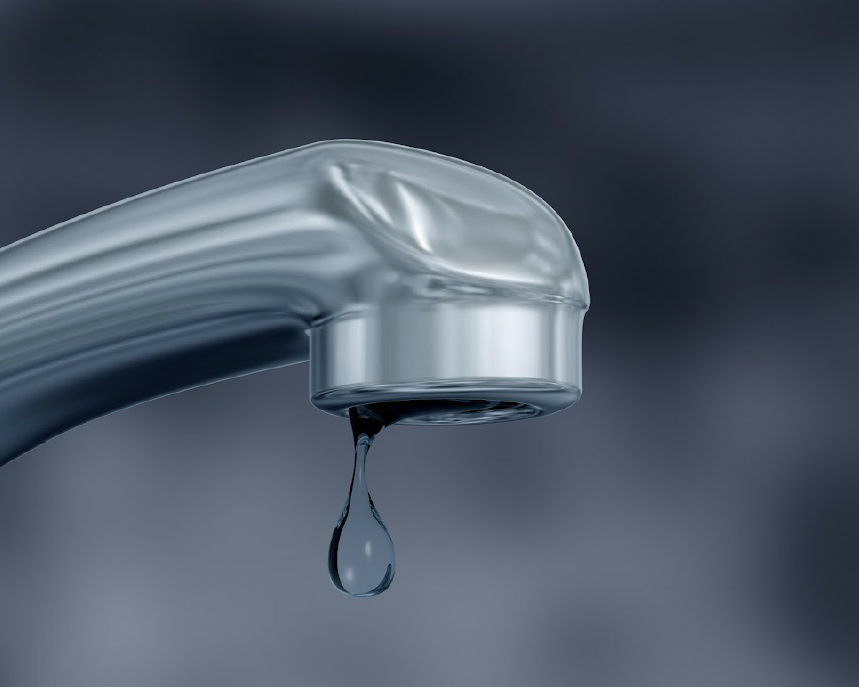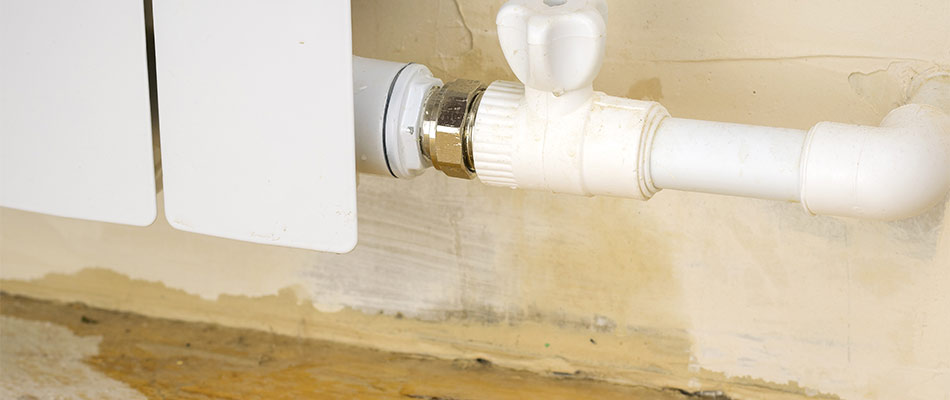Expose Hidden Water Line Leaks: Six Tested Ways for Spotting
Expose Hidden Water Line Leaks: Six Tested Ways for Spotting
Blog Article
We've noticed this article relating to Hacks to detect leaks down the page on the web and decided it made sense to relate it with you over here.

Early detection of dripping water lines can reduce a potential catastrophe. Some little water leakages may not be noticeable.
1. Analyze the Water Meter
Every residence has a water meter. Checking it is a surefire manner in which assists you find leaks. For starters, switch off all the water resources. Ensure no one will purge, use the faucet, shower, run the cleaning equipment or dishwasher. From there, most likely to the meter as well as watch if it will change. Since no person is utilizing it, there ought to be no movements. If it relocates, that suggests a fast-moving leak. If you detect no adjustments, wait an hour or 2 and also inspect back once more. This implies you might have a sluggish leakage that might also be below ground.
2. Inspect Water Intake
Assess your water bills and track your water usage. As the one paying it, you must see if there are any type of inconsistencies. If you identify sudden changes, regardless of your usage coinciding, it implies that you have leaks in your plumbing system. Remember, your water bill need to drop under the exact same range monthly. A sudden spike in your costs suggests a fast-moving leak.
Meanwhile, a steady increase each month, despite having the exact same behaviors, shows you have a sluggish leakage that's additionally slowly intensifying. Call a plumber to thoroughly check your building, especially if you really feel a warm location on your floor with piping underneath.
3. Do a Food Coloring Test
When it comes to water intake, 30% comes from toilets. If the shade in some way infiltrates your dish throughout that time without flushing, there's a leak between the container and also dish.
4. Asses Exterior Lines
Don't forget to check your exterior water lines too. Examination spigots by affixing a garden hose. Should water seep out of the link, you have a loosened rubber gasket. Change this and make certain all connections are limited. It will help get it expertly analyzed and maintained annually if you've obtained a lawn sprinkler system. One tiny leakage can throw away lots of water and surge your water bill.
5. Evaluate the scenario and also inspect
Property owners must make it a behavior to check under the sink counters and even inside cupboards for any type of bad odor or mold growth. These two red flags show a leakage so punctual interest is needed. Doing regular inspections, even bi-annually, can conserve you from a major trouble.
Extra importantly, if you recognize your residence is already old, keep a watchful eye on your heating systems, hoses, pipelines etc. Check for discolorations as well as damaging as the majority of pipelines and devices have a life span. They will additionally naturally wear away as a result of damage. If you suspect dripping water lines in your plumbing system, do not wait for it to rise. Call a specialist plumber today so you don't end up with a terrible mess in your house.
Early discovery of dripping water lines can minimize a potential catastrophe. Some little water leakages may not be noticeable. Checking it is a surefire method that aids you uncover leakages. One small leak can waste heaps of water as well as spike your water costs.
If you think dripping water lines in your plumbing system, do not wait for it to intensify.
WARNING SIGNS OF WATER LEAKAGE BEHIND THE WALL
PERSISTENT MUSTY ODORS
As water slowly drips from a leaky pipe inside the wall, flooring and sheetrock stay damp and develop an odor similar to wet cardboard. It generates a musty smell that can help you find hidden leaks.
MOLD IN UNUSUAL AREAS
Mold usually grows in wet areas like kitchens, baths and laundry rooms. If you spot the stuff on walls or baseboards in other rooms of the house, it’s a good indicator of undetected water leaks.
STAINS THAT GROW
When mold thrives around a leaky pipe, it sometimes takes hold on the inside surface of the affected wall. A growing stain on otherwise clean sheetrock is often your sign of a hidden plumbing problem.
PEELING OR BUBBLING WALLPAPER / PAINT
This clue is easy to miss in rooms that don’t get much use. When you see wallpaper separating along seams or paint bubbling or flaking off the wall, blame sheetrock that stays wet because of an undetected leak.
BUCKLED CEILINGS AND STAINED FLOORS
If ceilings or floors in bathrooms, kitchens or laundry areas develop structural problems, don’t rule out constant damp inside the walls. Wet sheetrock can affect adjacent framing, flooring and ceilings.
https://www.servicemasterbyzaba.com/blog/how-to-detect-water-leakage-in-walls/

We hope you enjoyed our topic on Top leak detection hacks. Many thanks for taking time to browse our piece. For those who enjoyed reading our article please remember to pass it around. Many thanks for your time invested reading it.
Sink issues? Expert consultation here. Report this page